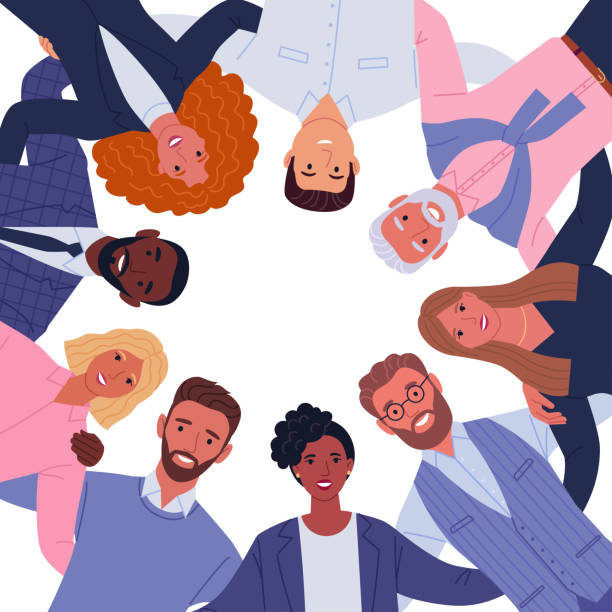Our resident legal expert, Jessyca Greenwood, share her knowledge on how employers can create a gender positive workspace that will be a benefit to both the business and the employees.
International Women’s Day comes and passes every year and I’m left wondering whether we are making progress as professional women? Even as reproductive rights are being rolled back across the border, gender positive workspaces are becoming more and more important (Employers – think retention).
I currently work at a fully virtual, all-female law firm in Toronto. We often talk about how to support each other in what has been a tough couple years (p.s. I am no longer a full time worker AND elementary school teacher – amen). We share stories about our parenting blunders and there is total support and zero judgement when it comes to our responsibilities and obligations as moms. But, are all workplaces like this?
Women at all stages of employment, and in all job titles, experience significant biases and barriers in the workplace. These biases extend to the interview process, where women are often denied jobs on the basis of their gender rather than their skill sets. In this article I will present three main pitfalls employers should avoid when interviewing women.

Asking about Past Salary
When interviewing candidates, employers need to avoid asking about a candidate’s past salary. Given current realities about the gender wage gap, asking a candidate about their past salary will only further perpetuate the wage gap and inequities between men and women in the workplace. In Ontario, the Pay Transparency Act provides that no employer can seek compensation history information about an applicant by any means, whether personally or through an agent. The purpose of the Act is to promote gender equality and equal opportunity in the workplace through increased transparency of pay and workforce composition.
Some US laws, aimed at ending the cycle of pay discrimination, go a step further and prohibit an employer from relying on an applicant’s pay history to set their compensation. Other laws prohibit an employer from taking disciplinary action against employees who discuss pay with coworkers.

Job Postings
Studies have shown that women are less likely to apply to positions than their male counterparts, especially when it comes to executive positions. Men tend to apply to jobs if they have only 60% of the qualifications, whereas women only tend to apply when they have met 100% of the qualifications. When creating job postings, employers should address this trend by providing a wider range of experience and education required and avoid using the terms “must haves” unless it is truly necessary for the role.

Questions about Family Status
It may seem obvious but, during an interview, employers should avoid asking about a candidate’s family status, their marital status, or whether they intend on having children. Issues often arise in what was intended to be a good faith, conversational discussion to get to know one another. Employers should also avoid talking too much about their own children, in order to prevent the appearance that it is bait to the candidate. Decisions not to hire a candidate based on family status could be considered discrimination under the Ontario Human Rights Code. Employers should be aware that certain conversation during an interview can lead a candidate to believe they were discriminated against, if they are not offered a position. This could lead to a potential human rights claim.
It has been widely studied; diversity is beneficial in workplaces on many fronts – employers should consider how they can encourage diversity in the workplace and should keep in mind these points, as well as other barriers and biases women face. It is also important to note that much of the available statistics are based on the experience of Caucasian, cisgender women and that anyone who intersects with being a woman in the workplace (e.g. race, gender, LGBTQ+, disability, etc.) faces amplified barriers and biases.

If you are looking for strategies to create a more welcoming and inclusive workplace connect with us to discuss best practices, essential workplace policies, and retention strategies for increasing diversity, keeping your current talent and attracting new and fresh hires to enhance and grow your business.
Jessyca Greenwood
Spring Law

